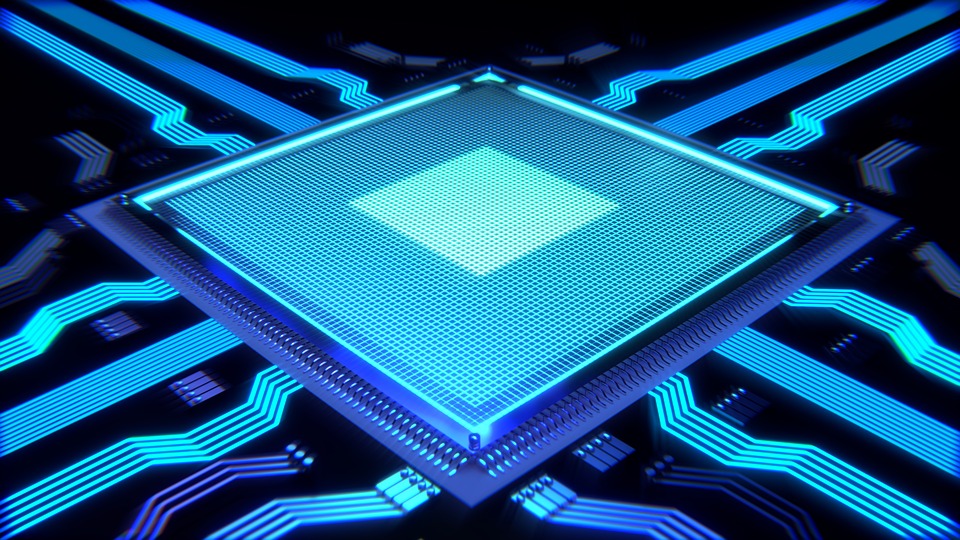 EMERGING TECH
EMERGING TECH
 EMERGING TECH
EMERGING TECH
 EMERGING TECH
EMERGING TECH
Amazon.com Inc. may be doubling down on its efforts to develop chip technology in-house .
Two separate reports claim it has started to develop its own artificial intelligence chip and also last year acquired a security camera company that has designed a low-energy chip that can be used in “internet of things” devices.
On the AI front, The Information, citing a person familiar with the plans, said that Amazon is designing its own AI chips that would allow Alexa-powered devices to respond more quickly to commands by allowing more data processing to be handled on the device, not just in the cloud.
The technical specs for the chip itself weren’t detailed, but the report noted that Annapurna Labs, an Israeli chip maker Amazon acquired for $350 million in 2015, has been tasked with the chip’s development.
Amazon’s move to develop AI chips follows similar moves by both Google LLC and Apple Inc. to design AI chips in-house and brings it up against both Intel Corp. and Nvidia Corp., which currently offer AI-focused chip technology. In particular, Nvidia’s graphics processing units have become the standard set of chips used to do machine learning because they can process many more operations in parallel than standard central processing units or CPUs. And today, Google said it’s making the power of its Tensor Processing Units available in its public cloud.
Pat Moorhead, president and principal analyst at Moor Insights & Strategy, told SiliconANGLE that Amazon is most likely to use the chip to make its own Echo devices, powered by its AI-driven Alexa digital assistant, smarter and faster. But he think Amazon is unlikely to offer the kind of support for commercial sales of the chip that other longtime chipmakers do.
“These days, it doesn’t make a whole lot of sense to develop a custom AI chip with all of the open-market options out there, from training solutions from Nvidia and AMD to inference solutions from Qualcomm, ARM and Intel,” Moorhead said. Training is the process of feeding a lot of data to a machine learning algorithm to allow it to learn tasks such as image or speech recognition, and inference is the running of those algorithms to power those services.
“For it to make any sense,” he added, “it’s likely to be nonprogrammable and very much locked into a specific machine learning framework.”
In related news, Reuters reported that Amazon paid about $90 million to acquire the maker of Blink home security cameras late last year, in a secret bet on the startup’s energy-efficient chips. The report claimed that the e-commerce giant is exploring chips exclusive to Blink that could lower production costs and lengthen the battery life of other gadgets, starting with Amazon’s Cloud Cam and potentially extending to its family of Echo speakers.
As with the AI chip development report, the Blink acquisition has not been confirmed by Amazon itself. The website for Blink has only one link to Amazon, a section that includes reviews from Amazon customers, apparently because the e-commerce giant is Blink’s sales distribution channel.
THANK YOU